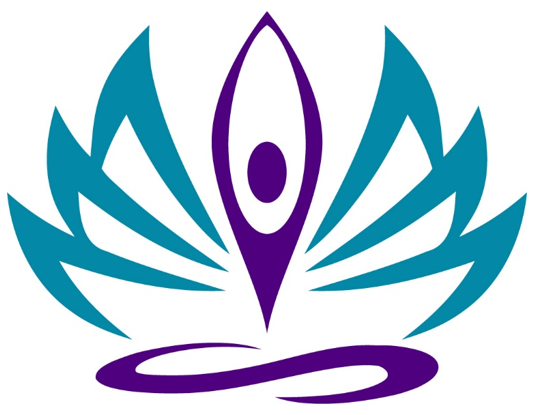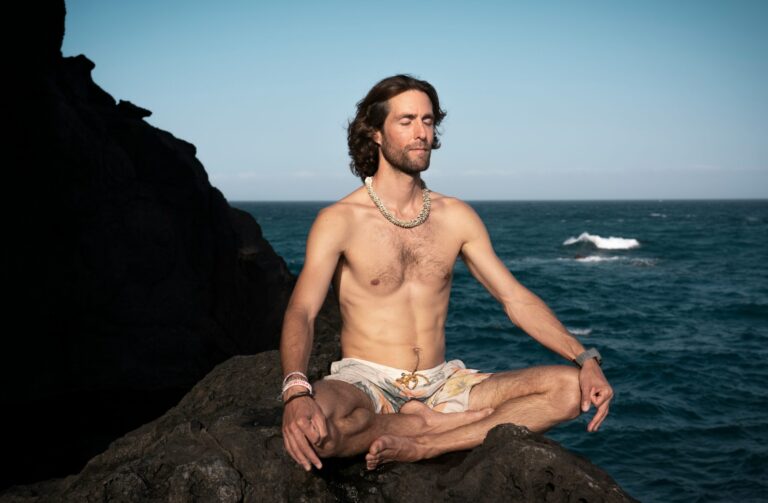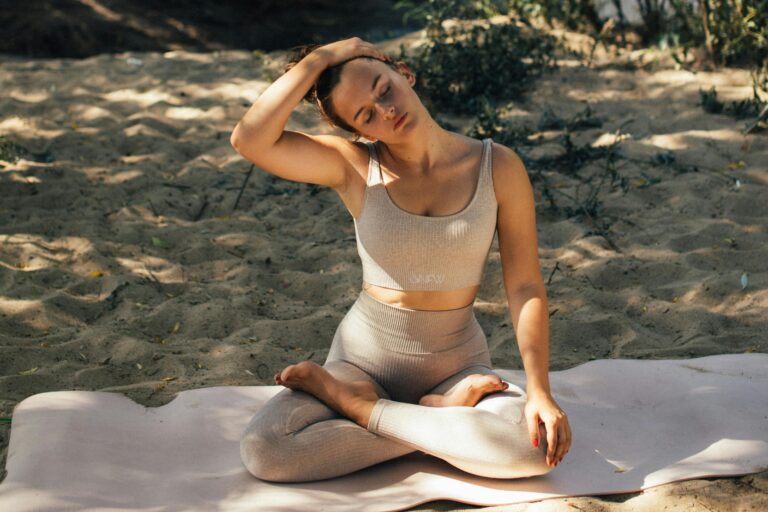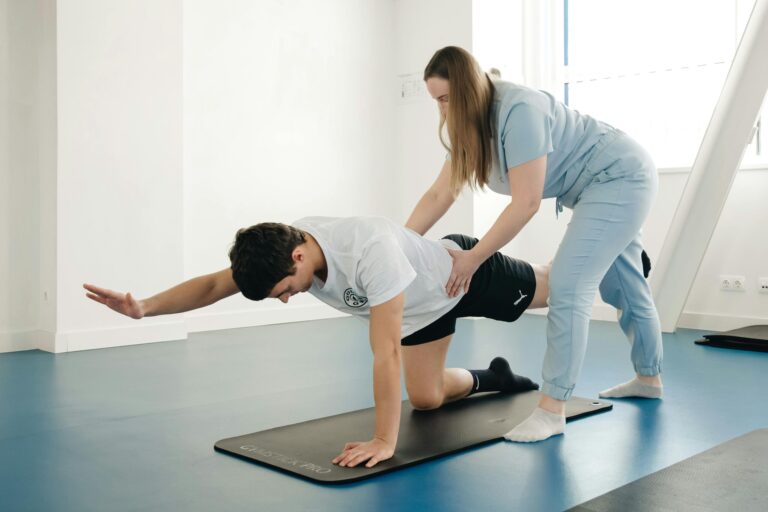Yoga for everyone who works at a computer - a biomechanical balance for modern everyday life
Several hours a day in front of a screen - for many people this has long been the norm. But our bodies are made for something else: for movement, alignment and variability. The modern working day brings us into static postures that subtly but permanently inscribe themselves into our structures. Yoga not only offers "movement" here, but also a targeted, body-intelligent counterbalance. And with a biomechanical perspective, it becomes clear that cleverly designed yoga is not a luxury, but essential health care.
What happens in the body when we sit for long periods of time and work at a screen?
Most jobs require a posture that promotes the following biomechanical patterns:
- Forward displacement of the headThe head permanently hangs slightly in front of the chest - a position that puts strain on the cervical spine, constricts the chest area and increases the tone of the neck and shoulder muscles.
- Flexion dominance in the upper backWe sit with a rounded back and shoulders slumped forward - the front of the body is shortened, while the structures at the back are overstretched and overloaded.
- Reduced breathing movementThe bent posture lowers the diaphragm, the breathing space in the chest and back is reduced - we often breathe more shallowly and quickly.
- Lack of pelvic mobilityThe pelvis is held in a static position. This is often a "posterior tilt", which means a pelvic position of outward rotation on both sides with simultaneous compression of the lumbar spine - a condition that puts long-term strain on the intervertebral discs.
- Static muscle tensionPermanent tension develops in the upper trapezius muscle, the hip flexors and the lower back in particular - often unnoticed and profound.
In short, screen work throws our bodies out of their natural balance - physically, energetically and functionally.
Why yoga is more than just gentle exercise after work
While many sports classes today focus on stretching, strengthening and/or mobilization (all of which are very important components), a well-designed yoga practice can do much more: it can regulates the nervous system, Balances myofascial tension lines and Promotes functional movement patternswhich have an effect on everyday life. This prevents and reduces posture problems in the long term and, with the right yoga practice, asymmetries can also be compensated for.
Yoga also offers something that is often lost in a day dominated by screen work: Embodiment. The ability to feel yourself from the inside out again, to deepen your breath and to find your way back from constant tension to a feeling of spaciousness and regulation: This is an aspect that receives little attention in modern medicine, but is essential in order to have a healthy unity of body, soul and spirit.
Biomechanical goals of a yoga practice for VDU workers
- Mobilization of the thoracic spine (extension and rotation)
- Strengthening the upper back line (e.g. rhomboid muscle, lower trapezius)
- Release shortened structures such as hip flexors and chest muscles
- Activation of the deep core muscles (lateral abdominal muscles) to stabilize the pelvis
- Integration of the breathing spaces in the entire torso area and release of the diaphragm
I have recorded a 20-minute yoga video with all the exercises and a few more. You can watch it here:
Alternatively, you can also practise my top 5 yoga exercises for screen workers directly:
5 effective yoga exercises for everyday life at your desk
Here are specifically selected postures and movements that are geared towards these goals - with a focus on effect, not complexity.
These 5 exercises help your body to balance out the daily grind at your desk
This short practice is perfect as a morning ritual, active lunch break or evening routine - without any aids, ideal for at home or in the office.
1. cat-cow (mobilization of the spine)
- Come into a four-footed stance. Shoulders above the wrists, pelvis above the knees.
- On an inhale: gently stretch your spine, lift your sternum and pull your shoulders back.
- On an exhalation: round your back, draw your belly button towards your spine and roll your pelvis in.
- Repeat the sequence in your breathing rhythm for 6-8 rounds.


Effect:
Promotes mobility of the entire spine and restores the connection between the pelvis and trunk.
2. shoulder opening on the forearms
- Stay in a quadruped position and bring your forearms to the mat.
- Place your palms against each other and move your elbows forward. The hands lift off the floor and the forearms form a 90 degree angle to the mat
- Bring your forehead or nose towards the floor. If you don't feel a stretch yet, raise your head slightly and try to bring your sternum or chin towards the mat.
- If necessary, shift your body weight slightly backwards.
- Stay here for 4-5 deep breaths, then slowly release the pose.

3. side stretch from the four-footed stanced
- Stretch your right leg backwards and then move it as far to the left as possible.
- Shift your pelvis to the right so that you feel a stretch in the right side of your body.
- Move your arms slightly to the left to increase the stretch.
- Hold for 4-5 breaths, then change sides.

4. deep lunge (with hip opening))
- From the quadruped position: Place your right foot on the outside of your right hand.
- Place your left knee a little further back and bring length into the left side of your body by gently leaning forward.
- Make sure that your right knee is at a right angle and does not tilt outwards.
- Breathe in and out deeply 4-5 times, then change sides.

5. chair position with shoulder stretch
- Stand up straight, clasp your hands behind your back and let them rest on your lower back at first.
- Roll your shoulders back and pull your elbows towards each other.
- Now bend your knees and get into a chair position.
- Roll your pelvis back, stretch your arms back and down and actively open your chest.
- Hold for 3-4 breaths.
- Loosen up, shake out your shoulders and arms.
- Come back into the pose, this time with the hands interlaced in the opposite direction.

Conclusion: Yoga as an active counterpart to the sitting culture
Anyone who spends several hours a day at the computer is in an unfavorable, permanent biomechanical state - and this has consequences if it is not balanced. The good news is that this can be countered very effectively with targeted yoga. It's not about becoming acrobatic, but about Regulation, reorganization and reconnection with functional movement patterns and your own body.
A few minutes a day, consciously organized, can already make a difference - not only for posture, but also for energy, concentration and long-term health.







